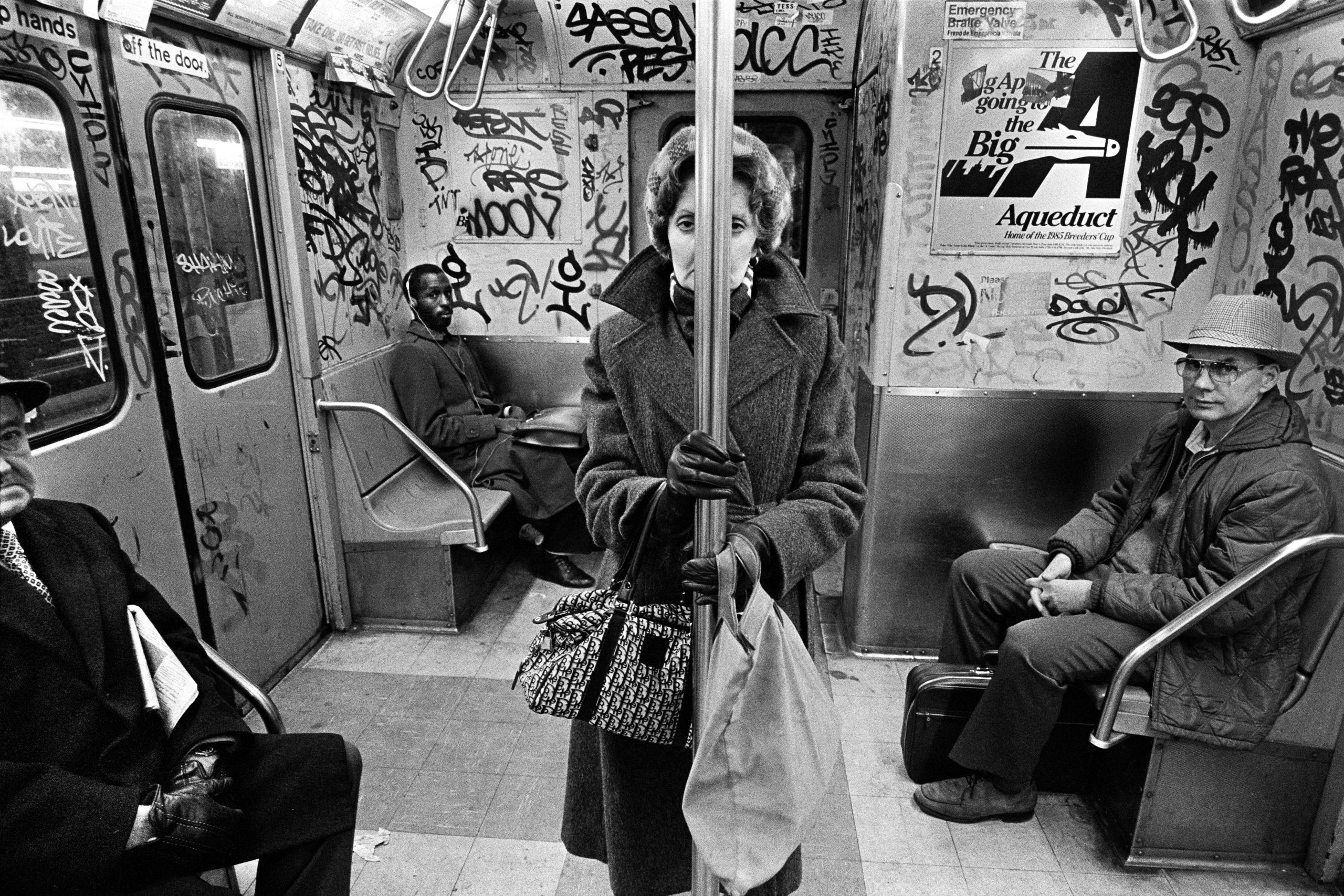Some Ideas on Street Photographers You Need To Know
Some Ideas on Street Photographers You Need To Know
Blog Article
Some Known Questions About Street Photographers.
Table of ContentsThe Main Principles Of Street Photographers Little Known Facts About Street Photographers.Unknown Facts About Street PhotographersHow Street Photographers can Save You Time, Stress, and Money.The Buzz on Street Photographers
Street digital photographers do not always have a social function in mind, yet they favor to separate and record minutes which might otherwise go undetected.Though he was affected by a lot of those that affected the road photographers of the 1950s and '60s, he was not primarily curious about recording the spirit of the road. The impulse to visually document people in public began with 19th-century painters such as Edgar Degas, douard Manet, and Henri de Toulouse-Lautrec, who worked side by side with digital photographers attempting to record the significance of urban life.

Given the fine top quality of his pictures and the breadth of material, architects and musicians commonly purchased Atget's prints to utilize as reference for their own work, though commercial rate of interests were hardly his major inspiration. Rather, he was driven to picture every last remnant of the Paris he loved.
Street Photographers - Truths
They expose the city through his eyes. His job and fundamental understanding of photography as an art type functioned as motivation to generations of photographers that followed. The future generation of road professional photographers, though they likely did not describe themselves because of this, was introduced by the photojournalism of Hungarian-born photographer Andr Kertsz.
Unlike his peers, Brassa made use of a larger-format Voigtlnder electronic camera with a much longer direct exposure time, requiring him to be more calculated and thoughtful in his practice than he might have been if using a Leica. (It is assumed that he might not have been able to manage a Leica at that time, but he did, however, utilize one in the late 1950s to take colour photos.) Brassa's photographs of the Paris underworld illuminated by synthetic light were a discovery, and the compilation of the series that he released, (1933 ), was a significant success.
Cartier-Bresson was a champion of the Leica electronic camera and among the initial photographers to optimize its capabilities. The Leica permitted the digital photographer to engage with the environments and to capture minutes as they occurred - Street Photographers. Its reasonably tiny size additionally assisted the digital photographer fade right into the background, Learn More which was Cartier-Bresson's preferred approach
The Ultimate Guide To Street Photographers
It is because of this basic understanding of the art of picture taking that he is often attributed with uncovering the tool throughout once more approximately a century considering that its innovation. He took photographs for greater than a half century and influenced generations of digital photographers to trust their eye and instinct in the moment.
These are the questions I will attempt to respond to: And after that I'll leave you with my own interpretation of road digital photography. Yes, we do. Let's begin with defining what an interpretation is: According to navigate to these guys it is: "The act of specifying, or of making something definite, unique, or clear".
No, certainly not. The term is both limiting and deceiving. Seems like a street digital photography should be photos of a roads right?! And all road digital photographers, besides a handful of outright novices, will completely value that a street is not the vital element to road photography, and really if it's a picture of a road with maybe a couple of boring individuals doing absolutely nothing of interest, that's not street photography that's a snapshot of a street.
He makes a legitimate factor do not you believe? While I agree with him I'm not certain "honest public digital photography" will certainly catch on (although I do kind of like the term "honest photography") since "street photography" has been around for a lengthy time, with lots of masters' names affixed to it, so I think the term is here to remain.
The Single Strategy To Use For Street Photographers
You can shoot at the coastline, at a festival, in an alley, in a park, in a piazza, in a cafe, at a museum or art gallery, in a city station, at an event, on a bridge, under a bridge ...
Yes, I'm afraid we scared no choice! Without rules we can not have a meaning, and without an interpretation we do not have a genre, and without a style we don't have anything to specify what we do, and so we are stuck in a "guidelines interpretation genre" loophole! - Street Photographers
Street Photographers Fundamentals Explained

Report this page